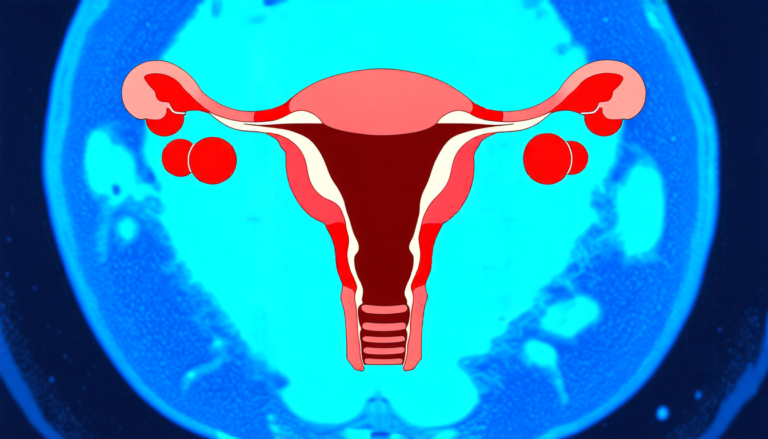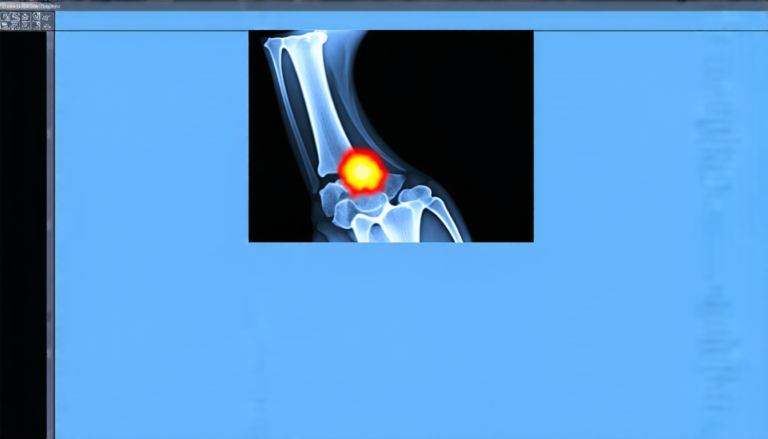Saturday 12 April 2025
A team of researchers has made a significant breakthrough in the field of medical imaging, developing a new method for registering MRI and ultrasound images that could revolutionize the way doctors diagnose and treat prostate cancer.
Currently, MRI and ultrasound are two different imaging modalities used to visualize the prostate gland. However, they have their limitations. MRI provides high-quality images, but it’s not suitable for real-time imaging during procedures. On the other hand, ultrasound is more convenient for real-time imaging, but its image quality is lower compared to MRI.
To overcome these limitations, researchers have been working on developing a method that can register MRI and ultrasound images accurately. This would enable doctors to use both modalities together, taking advantage of their respective strengths. However, this task is challenging because the two modalities produce different types of images with different intensity distributions and spatial resolutions.
The new method developed by the researchers uses a technique called weakly supervised learning, which involves training an artificial neural network using MRI and ultrasound images from patients who have undergone prostate surgery. The network is trained to learn the correspondence between the two modalities by minimizing the difference between their intensity distributions.
The researchers tested their method on 20 public datasets and 10 institutional datasets, achieving high registration accuracy for the prostate gland. They also evaluated the performance of their method using three key metrics: Dice similarity coefficient (DSC), mean surface distance (MSD), and 95th percentile Hausdorff distance (HD95).
The results showed that their method achieved an average DSC of 0.93, MSD of 0.87 mm, and HD95 of 1.58 mm for the prostate gland. These metrics indicate that the registration accuracy is high, with a small error margin.
The implications of this breakthrough are significant. Doctors could use MRI and ultrasound images together to diagnose prostate cancer more accurately. This would enable them to develop personalized treatment plans tailored to each patient’s unique condition. Additionally, the new method could be used for other applications such as guiding biopsies or monitoring tumor progression.
The researchers’ approach is also efficient and computationally feasible, taking only a few seconds to register images on a standard computer. This makes it suitable for real-time imaging during procedures.
Overall, this breakthrough has the potential to transform the way doctors diagnose and treat prostate cancer. By combining the strengths of MRI and ultrasound, doctors could develop more accurate and effective treatment plans, improving patient outcomes and quality of life.
Cite this article: “Revolutionizing MRI-US Fusion: Weakly Supervised Spatial Implicit Neural Representations for Accurate Deformable Image Registration in HDR Prostate Brachytherapy”, The Science Archive, 2025.
Medical Imaging, Mri, Ultrasound, Prostate Cancer, Registration Method, Weakly Supervised Learning, Artificial Neural Network, Image Fusion, Diagnostic Accuracy, Treatment Planning.







